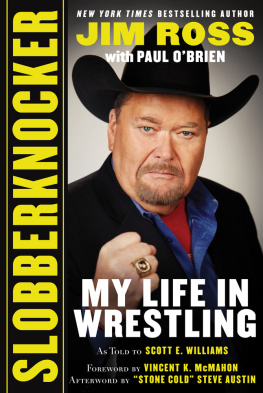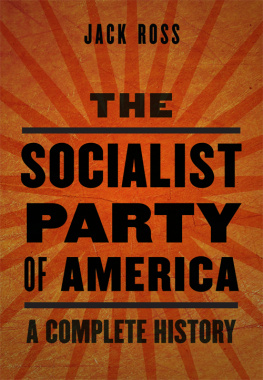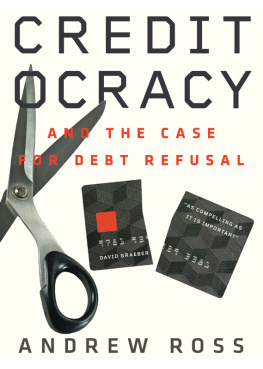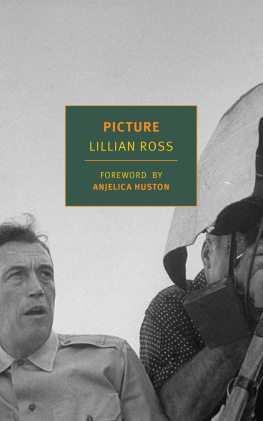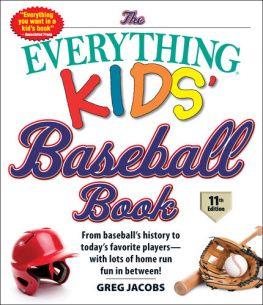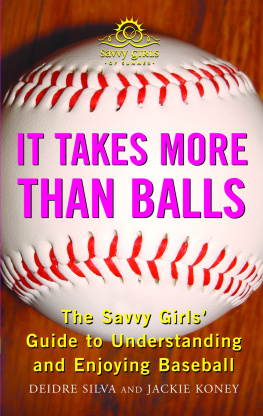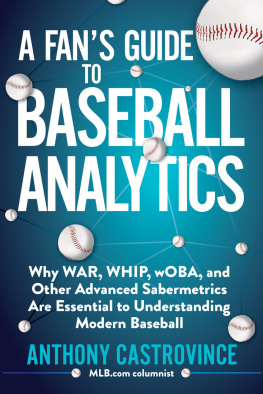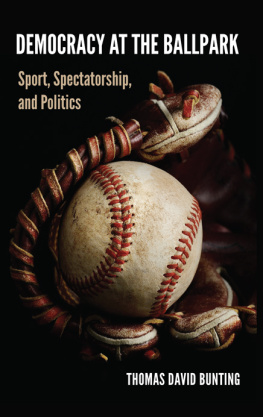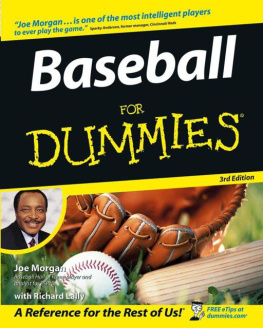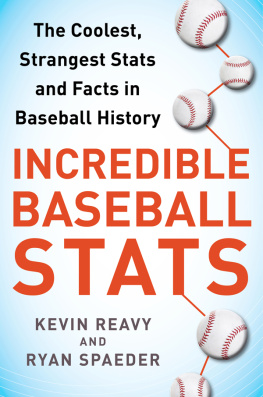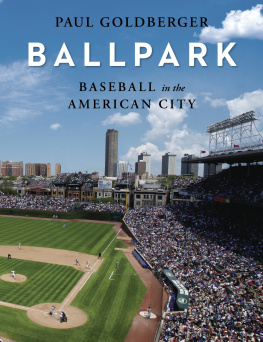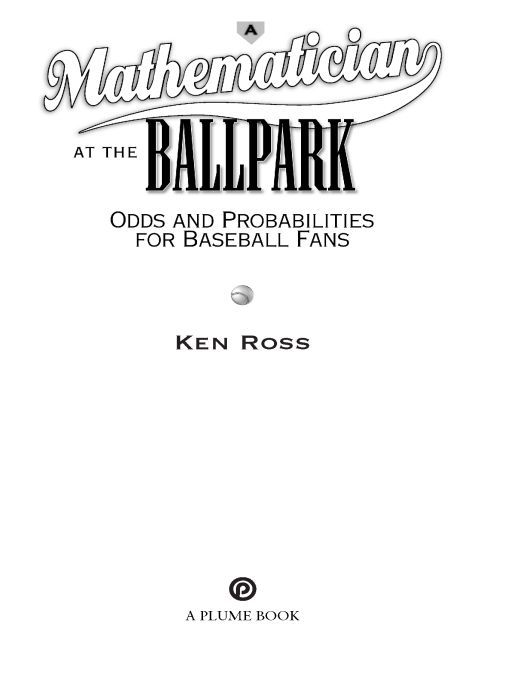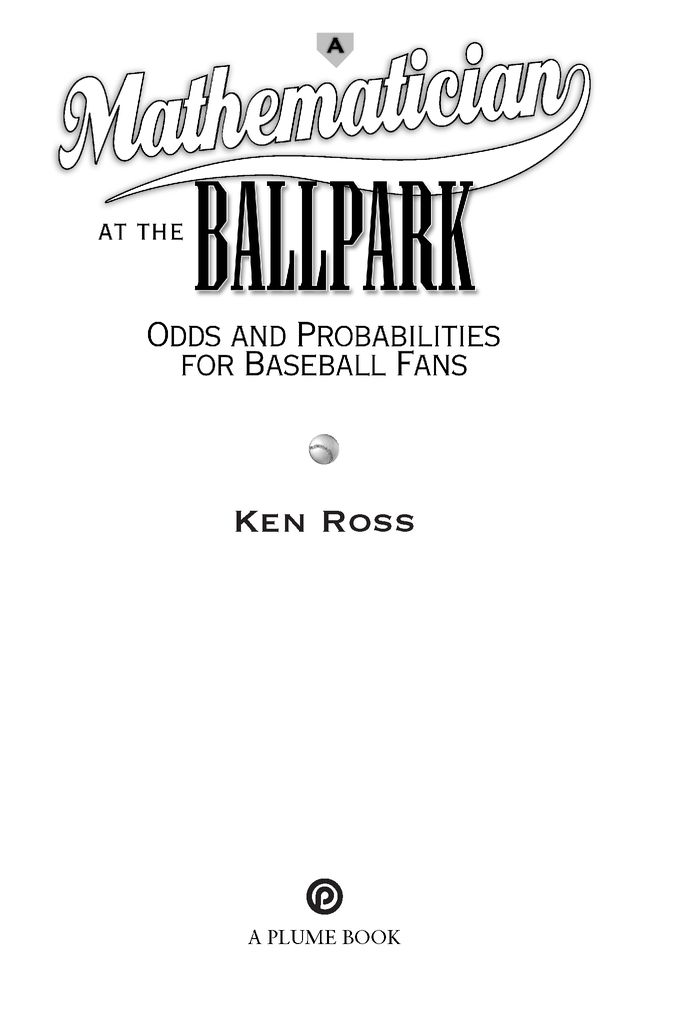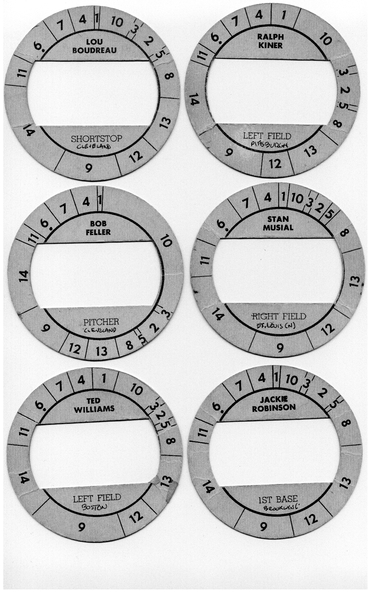Table of Contents
A PLUME BOOK
A MATHEMATICIAN AT THE BALLPARK
KEN ROSS, Ph.D., taught math for thirty-five years at the University of Oregon, and is a past president of the Mathematical Association of America. He lives in Eugene, Oregon.
The ultimate math book for baseball fans.
Keith Devlin, The Math Guy on
National Public Radios Weekend Edition
This math book for baseball fans is a hard-core yet accessible volume and serves as an entertaining introduction to the sweet science of probability.
Publishers Weekly
I already love mathematics. This book reminded me that I love baseball. Ill bet three to one it works the other way too.
Persi Diaconis, professor of
mathematics and statistics, Stanford University
Baseball fans love numbers. They love to swirl them around in their mouths like Bordeaux wine.
PAT CONROY, WRITER
Preface
When I was six, my father gave me a bright red scorebook that
opened my heart to the game of baseball.
DORIS KEARNS GOODWIN, WRITER AND HISTORIAN
My daughters first came to the ballpark when they were so young, they couldnt even track what was going on. Their first understanding of baseball was that innings were amounts of time between dinner (after the 3rd inning) and Fudgesicles (after the 6th). The next insight was that when the ball sailed over the fence, that was a good thingpeople stood up and cheered; and the billboard cow, advertising a local dairy, nodded her press-board head in approval. By the time the girls were nine and six, they were following the plays and learning to keep score.
Some of their questions were naive: Dad, how come everyone is yelling Go Die, Ump?
Thats Good Eye, Ump, dear, and were being sarcastic.
Dad, whats sarcastic?
Other questions invited a discussion: Dad, how come people are yelling Yer Due! ?
Well, that requires looking at batting averages. That guys batting average is 290 and that means that, until recently, hes been getting hits about 29 percent of the time. But, in the past week, hes had very few hits, so it seems like hes overdue for some hits. One could question that logic because
Thanks, Dad. Would you like some Cracker Jacks?
Even in the olden days of my youth, baseball reached all parts of the United States and also other countries, especially Japan and Latin America. However, in America, Major League baseball was regarded as the ultimate level of baseball.
In those ancient days before satellite communications, the Major Leagues were physically restricted to the North-east and Midwest, a relatively small part of the country. From 1903 to 1952 there were sixteen of these teams located in ten cities in the parallelogram with corners at Chicago, Boston, Washington, DC, and St. Louis.
Many baseball fans and baseball writers from this era grew up in big cities like New York, Chicago, Philadelphia, Detroit, and Boston, so they experienced Major League baseball firsthand. Or at least they were able to follow the regular season by listening to the radio. For example, many baseball fans in the South listened to St. Louis Cardinals games on the radio. My situation was quite different.
I grew up in Utah, which seemed about as remote from the center of baseball action as a kid could get. I was aware of the brazenly named World Series. But, for a long time, I didnt even wonder how the teams got to be in the World Series. It seemed like being in New York was a big advantage, if not a requirement, though teams like the Cleveland Indians made cameo appearances. I didnt question this any more than I would have questioned how my parents came to be married or that Roosevelt and Stalin came to be world leaders. It had always been so. Even out in Utah, cool teachers would let their classes listen to the World Series on the radio; my cool teacher was a young lady who taught history. Thanks, Miss Lake.
The real professional baseball team in my home town was our local Salt Lake City Bees, a team in the class C Pioneer League. This league included teams like the Idaho Falls Russets (think potatoes) and the Billings Mustangs (think horses, not cars). I attended many games and I listened to all the other games on my radio, carefully hidden under the bed covers when necessary. I remember recalculating hitters batting averageslong division with a pencil!and then checking the Salt Lake Tribune the next morning to see if Id done them right.
Hub Kittle was the pitcher-manager of the Bees. He was a legend in the minor leagues for decades. On August 27, 1980, as a minor league pitching coach, he took the mound for Springfield (Illinois) versus Iowa, teams in the American Association. He was six months past his 63rd birthday and was the oldest player ever in organized baseball. He retired the Iowa batters in the first inning on two flies and a groundout; he threw one pitch in the second inning before leaving the game.
The most interesting ballplayer for the Bees was the catcher, Gus Triandos. He was nicknamed Tremendous Triandos because of his rather solid build. He was powerful, but not swift. Indeed, he was the only Major League player to play over 1,000 games, mostly with Baltimore, and end up with a perfect stolen-base record, 1 for 1. In addition, he holds the Major League record with 1,206 consecutive games without being caught stealing. In one inconsequential game, near the end of a season, he decided to amble from first base to second base. The catcher was so surprised that he did not throw. (Uncontested stolen bases counted in those days.)
The Salt Lake City Bees, and the World Series via radio, were not enough to satiate my appetite for baseball. My favorite board game was All-Star Baseball, a game designed to simulate real baseball. This was a precomputer nonelectronic game that modeled the hitting of well-known ballplayers of the 1940s, including Cleveland shortstop and manager Lou Boudreau, Yankee center fielder Joe DiMaggio, the Pittsburgh slugger Ralph Kiner, St. Louis Cardinal Stan Musial, Brooklyn infielder Jackie Robinson and the Boston outfielder Ted Williams. Some pitchers were included, like Cleveland pitcher Bob Feller. For each such player, there was a cardboard disk that was to be placed over a spinner; see the samples on page vi. The edge of the disk was marked off with coded possible outcomes like Home Run, Triple, Double, Base on Balls, Strike Out, Ground Out, and Fly Out. There were two versions of the Single, the little single on which any runners advanced one base and the big single on which any runners advanced two bases. For example, the regions 1, 5, 9, and 10 represented Home Runs, Triples, Bases on Balls, and Strike Outs. The regions of these outcomes were proportional to the baseball players real lifetime performances. Thus sluggers like Ted Williams and Ralph Kiner had relatively large regions for Home Runs, while the pitcher Bob Feller had large regions for Strikeouts and other ways to make outs. All of the players had miniscule regions for Triples.


